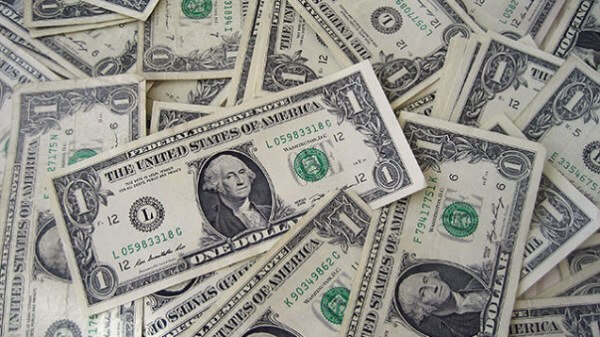
What’s your number? No not your cholesterol, portfolio size, or cell phone digits. Do you know your daily take home pay? Budgets in yearly terms are really hard to follow and understand. Whether you are trying to decide if a Maui vacation or four star French restaurant jives with your spending goals, it helps to think about your finances in daily and weekly terms. When you know how much you keep for a day’s work, you will know how to control your spending.
$80,000 a Year in Daily Terms
Let’s look at an example of a friend of mine with a solid professional income. He makes an incredible $80,000 a year. In any city besides New York or San Francisco, this level of compensation will buy you a comfortable lifestyle. In fact, he has $5,000 a year more than the happiness optimizing salary of $75,000, according to a recent study by Princeton University. He makes almost $30,000 more than the median household wage, and he is just one person! Clearly, in pre-tax terms, my friend is pretty well off compared to the average family in America.
However, how much does he make in daily terms? How can he decide if that sports car lease is within reach or if he can afford to go out to dinner several times a week? If you break his income down to daily take home pay we can know a lot more. A quick back of the napkin calculation of his federal income tax liability comes to $13,218.75. His Social Security and Medicare taxes of 7.65% look like they’ll be $6,120. He lives in Philadelphia so his combined state and city income taxes at 6.99% come out to $5,592. In total, he should be taking home $55,069.25. If you divide this figure into 365 days, it comes to $150.87 a day.
That $150 a day must cover everything he needs or wants. Rent, utilities, car payments, charitable contributions, clothing, food, savings, entertainment, healthcare, and more. Once my friend has his daily take home pay number, he could figure out his fixed costs and come up with a “flexible” pot of money he has to use for everything he gets to make regular decisions over. Say for example his rent and utilities come out to $1,050 a month (a week of take home pay). His new daily budget is $105 a day. I think it is helpful to think in weekly terms for your budget too. Over a 7 day week, he can spend $735 doing anything he wants. If he wants concert tickets to see his favorite band, he can take out $150 from that weekly budget. Now he has $585 for the week.
Obviously you will purchase some items like laptop computers or airplane tickets that blow up your daily budget rule. That’s why it’s OK to use a longer time horizon to figure out what you can really afford. If the plane ticket is $2,000 you will need to cut your weekly variable spending budget by 50% for a month to make ends meet. If the laptop computer is $500, maybe you can figure out how to rough it on the remaining $235 you have to spend on anything that week to start out with a fresh pile of money the following week.
How Thinking in Yearly Terms Makes You Think You’re Richer Than You Really Are
When a company offers you a salaried job, they always state it in yearly terms. Why do you suppose that is? The reason is they want to make you think you are being paid a large sum and thus take away any unhappiness you might have over compensation. Which sounds better to you, A) $50,000 a year or B) $4,500 a month?
If you didn’t immediately say B) , then you are proving my point. The second choice amounts to $54,000 annually, but when you write that salary in monthly terms, it starts with a 4 instead of a 5. Since most people can’t divide by 12 in their heads but can divide by 10, you automatically add a zero to the figure and it feels like less money.
This mathematical tyranny works in reverse as well. When you pay $60 a month for a gym membership, it’s not $600 a year. It’s actually $720 a year. People are bad at math, that’s why you will see sales of 33% off or low monthly fees to get you to spend more without realizing it.
The Power of the Daily Budget is How It Controls Your Spending
When you know what your daily take home pay is, you finally know where all your money is going. Most folks pull out their plastic credit cards and run up large bills. Once they actually how to pay, they wonder how they spent so much money. Rather than cut up your credit card or come up with a yearly budget, figure out a daily budget. Know what your take home pay is every day.
When you know your number, you will understand your finances in a deeper way. Suddenly you will not need to feel guilty about going to Chipotle or getting a nice haircut because you will know you are $40 under budget that day. In terms of savings, it would be nice to think of that as a fixed cost to remove that sum from your spending pile. Take 15% of your daily take home pay and put it in a 401k at work or an IRA. Then feel free to spend the amount after that.
Do you know what your daily take home pay is? Do you think in monthly spending terms? Comment below!
